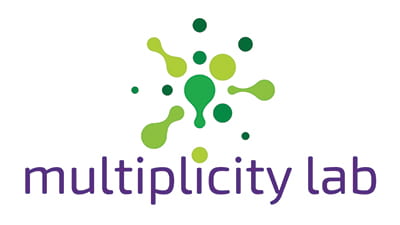Image of the Week: Welcome Back!
August 13, 2023Welcome Back!
Welcome back for the start of the 2023 – 24 school year! Here at multiplicity lab we’ve spent the summer building many new activities for you and your students.
If you are preparing for a new school year, make us part of your plans! Include Look-Think-Talk activities at the beginning of every lesson – or even as a whole lesson – to help students learn what it means to do mathematics. Welcome your students back with images that will spark wonder and communicate that in mathematics, it is multiplicity that matters! Students need practice to learn to share their thinking, take risks, develop multiple ways of seeing and thinking, and pose questions.
Try launching one of your first math lessons with a notice and wonder activity using this image or any of the Notice & Wonder images on our website. What’s wonderful about these activities, especially at the beginning of a new year, is that they are not about finding the right answer. Instead, they open up space for students to see, think, interpret, and pose questions, and there are an infinite number of ways to do that, which means every child can contribute and be heard.
Take a look at the image of the week. What could students notice and wonder? You can try this with children of any age and depending on the grade and their experience, they might notice some of these features:
- Each plant is in a pot, or each pot contains a plant.
- Sometimes you can see the individual plants and other times you have to infer that the pots are there because they appear the same size as their neighbors.
- The pots are in groups of the same plants.
- These groups make rectangles.
- The pots are in rows and columns, or arrays.
- The arrays appear to come in some different sizes: 4 x 3 and 4 x 6. Or perhaps the 4 x 6 groups are two rectangles of 4 x 3.
Building on these observations, students might then pose questions like:
- Is each rectangle of plant different from all the others? How could we tell?
- How many types of plants are there?
- How could we group these plants to see the different kinds?
- How could the plants be organized? What questions could we answer if we organized them that way?
- How big are the pots? How big are these plants? How big will the plants get?
- How long did it take to grow these plants?
- How many individual plants are there? How could we figure it out when we cannot see all the individual plants?
You can see that in just one conversation, you might delve into attributes, data science, estimation, counting, multiplicative reasoning, and measurement. You can just wonder with your students or use this conversation to spur further investigation. Consider giving students printouts of the pdf version of this activity so they can annotate it or even cut it apart and reorganize the plants.
The point is that every child can cultivate a sense of mathematical wonder if we make space for in the classroom. What better time than now?
AND if you are planning on attending this year’s NCTM Annual Meeting in DC at the end of October, come see me in person as I share ideas from my new book: The Collaborative Math Classroom!
And we invite you to follow us on Twitter! Tweet us the fascinating ideas you students have about our activities or how you’re trying these activities in your space. We can’t wait to hear from you!
To multiplicity, cheers!
Jen Munson and the multiplicity lab group

